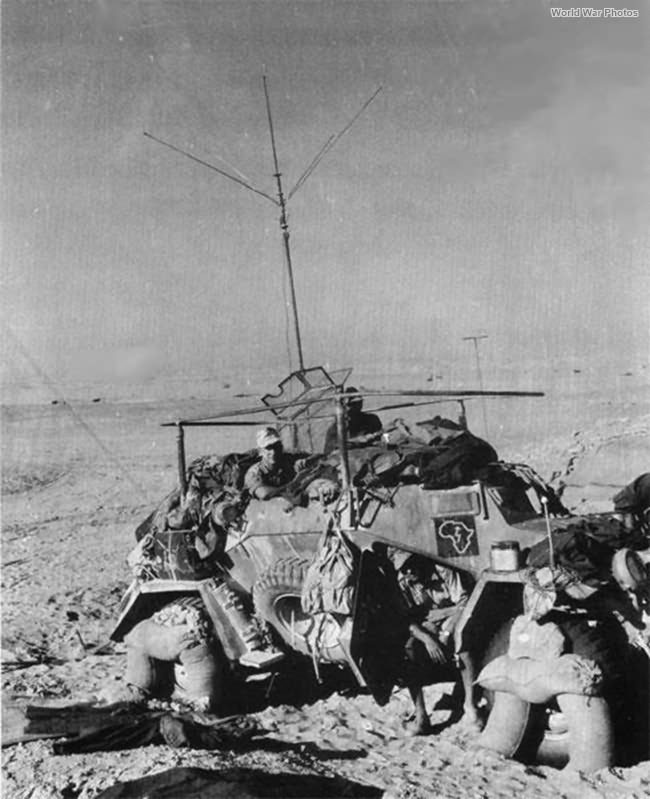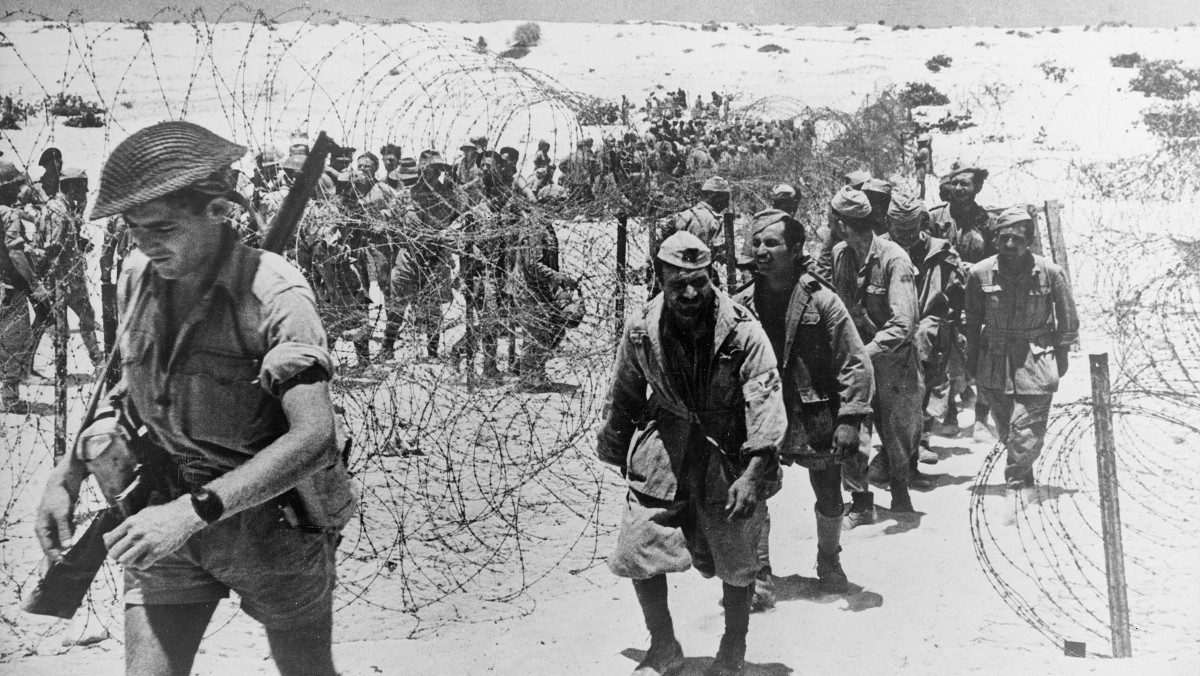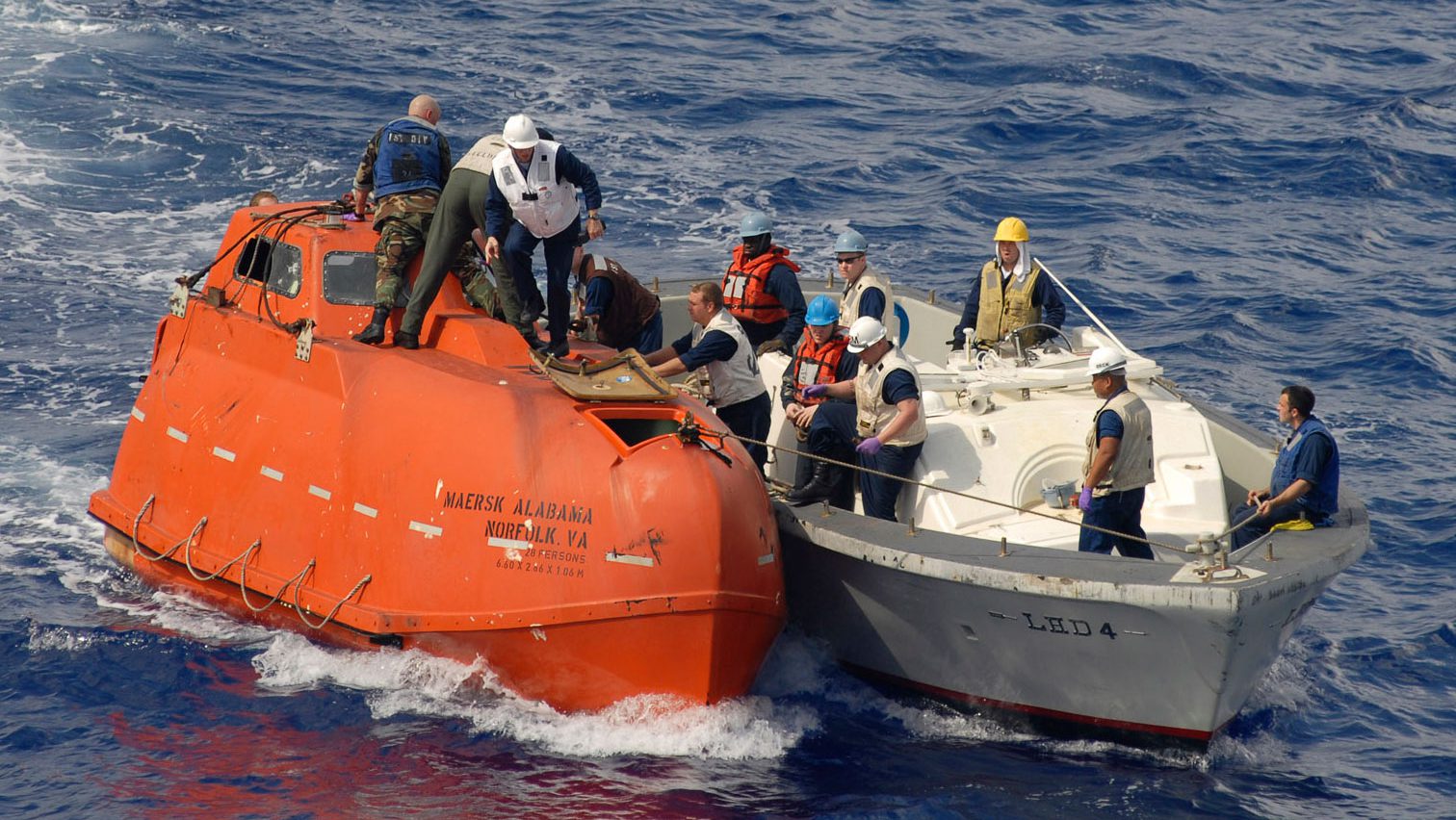Reading time: 5 minutes
Though the North African campaigns of World War 2 have a reputation for mainly being fought by tanks, both sides relied as much on spying as they did on cold, hard steel. When the 9th Australian Division captured the German signals intelligence unit, company 621, right before the first battle of El Alamein, they dealt Field Marshal Erwin Rommel a fatal blow.
By Fergus O’Sullivan
The capture of company or unit 621 is one of those events which really deserves a lot more attention than it gets. Australian soldiers were, through a combination of luck and determination, able to sow the seeds for the eventual German defeat at the second battle of El Alamein. This was because Rommel’s famed tactical genius stemmed as much from assiduously reading intelligence reports as his tactical ability.
Company 621
To get good reports, you need a good intelligence unit and Nachrichten Fern Aufklarung Kompanie 621 (literally: far messages clarification company 621) was one of the best. Tasked with so-called signals intelligence, better known these days as SIGINT, the job of company 621 was to intercept messages while in transit and decode them.
To do so, they had state-of-the-art-equipment, the 1940s equivalent of satellites and supercomputers. According to Alan Macfarlane, a member of the 2/24th battalion of the Australian Army that captured the unit and was interviewed by the Australians at War Film Archive in 2003, company 621 “were very, very clever in high tech stuff, they had vehicles full of radios and intercept units and things like that.”

Though there are few details to be found on what equipment company 621 used exactly, there’s no doubt that it was some of the best stuff the Germans could come up with. There also was a lot of it, and the unit was nicknamed “the circus” because of all the trucks and tents it had. Considering it was a mobile unit, packing up and setting up every few days must have been exhausting work in the desert sun.
Still, it was worth the effort. As Macfarlane explains, company 621 was “tied into all the information and radio stuff that was going through Alexandria back to England and across to America […], back to Egypt, all the high stuff, the political stuff.” It wasn’t just high-level information being captured either, things that probably went straight to the top brass in Berlin; Rommel also was able to get minute-by-minute updates on what the Allies were up to.
According to Macfarlane, company 621 “were so good at it that Rommel used to get reports on our activities when fighting was going on, even the conversations between tank commanders for example, that’s how good it was.” This gave Rommel a massive edge during battle, “no wonder he was a brilliant general,” says Macfarlane.
The Capture of Company 621
Seeing how important company 621 was to the German war effort, it’s surprising to learn that British command pretty much had no idea it existed, nor the extent of its abilities. This only became known after most of the unit was captured by the 2/24th Battalion, which stumbled upon the signals group almost by accident.
Company 621 was captured in July 1942 near Tel el Eisa, a location also called the “Hill of Jesus,” just a few miles from El Alamein. The hill was an important part of the defence of El Alamein and the fighting there was fierce. It may seem odd, then, that a lightly armed intelligence unit was captured there. That tale is one of those strange coincidences and odd happenstances that you encounter in history from time to time.
In this case, the story is that the commander of company 621, Captain Alfred Seebohm, had been shamed by his fellow commanders for being too far from the front despite being ill-equipped for combat. Apparently, this and the need to manoeuvre closely to the Allied forces so as to intercept their communications put him dangerously close to the fighting. When the 2/24th Battalion snuck past the Italian and German lines one night, then, the circus was easy pickings.

The Australian troops fell on the intelligence unit, who all either surrendered or ran away. Though the runners were able to take some of their documents with them, there was enough left for the Allies to figure out the extent of the Germans’ spying. They were likely shocked by how much they had been giving away, but now knowing the enemy’s data gathering habits, they were able to flood the Germans with misinformation, instead.
I imagine Rommel would not like the world to know that for a few weeks anyway, or perhaps longer, he was fighting us with his field intelligence almost entirely eliminated.
Major Everard Baillieu, CBE, a veteran of Tobruk and El Alamein.
Though to this day it’s unclear exactly how much was gained by the capture of company 621, there’s no doubt it was a huge coup for the allies and directly contributed to the eventual defeat of the Axis in North Africa and, eventually, the winning of the war. None of it would have been possible without a tough group of Australian soldiers taking the war to the enemy.
Read More – The Capture of Unit 621, Australian Army Journal
Podcasts about the Capture of Company 621
Articles you may also like

Ruin Ridge – Podcast
During the 1st Battle of El Alamein the 9th Australian Division was tasked with the capture of Ruin Ridge. Despite heavy fighting during the opening stages they achieved some of their objectives, but their successes obliged General Rommel to divert large numbers of troops to contain the Australian advance. The fighting then became desperate, leading to heavy casualties and the near decimation of one battalion.

Second Battle of El Alamein: Australia Forces a Breach
Reading time: 8 minutes
The battle of El Alamein in late 1942 was the turning point for the North African campaign, which saw the fighting rage back and forth between Libya and Egypt. As with most of the battles in the region, Australians played a vital role in the eventual Allied victory. In this article, we go over their experiences during this pivotal battle.

First Battle of El Alamein: Australia Holds the Line
Reading time: 9 minutes
The North African campaigns of WW2 were two years of back and forth action across Libya and Egypt, with offensives, counteroffensives and sieges throughout and Australians in the thick of it. When the end eventually came to this seesaw action at El Alamein in 1942, again it was Australians who held the day; in this article we’ll see this pivotal battle through their eyes.
The text of this article was commissioned by History Guild as part of our work to improve historical literacy. If you would like to reproduce it please get in touch via this form.








